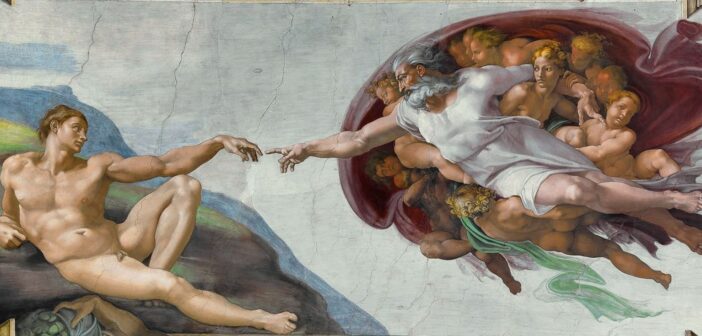By Hadassa Ferreira, Arts & Culture Editor
In a world where the seven spheres of society – family, religion (spirituality), business (economy, finance), politics (government), education, media (communication), and arts (entertainment, celebration, sports) – hold significant power over people’s lifestyles, Christianity has exerted a huge influence over all of them. By promoting its values and principles, Christianity has shaped the development and expansion of these spheres, particularly in the Western world.
Christianity, as a religion that believes there is guidance from God in all aspects of human life, seeks to influence people by being present in their interactions within the seven spheres of society and changing how information from those spheres reaches individuals.
It is well known that people spend most of their lives engaging with at least one of the seven spheres. Therefore, it makes sense for Christianity to occupy highlighted spaces in those spheres to preach its truth.
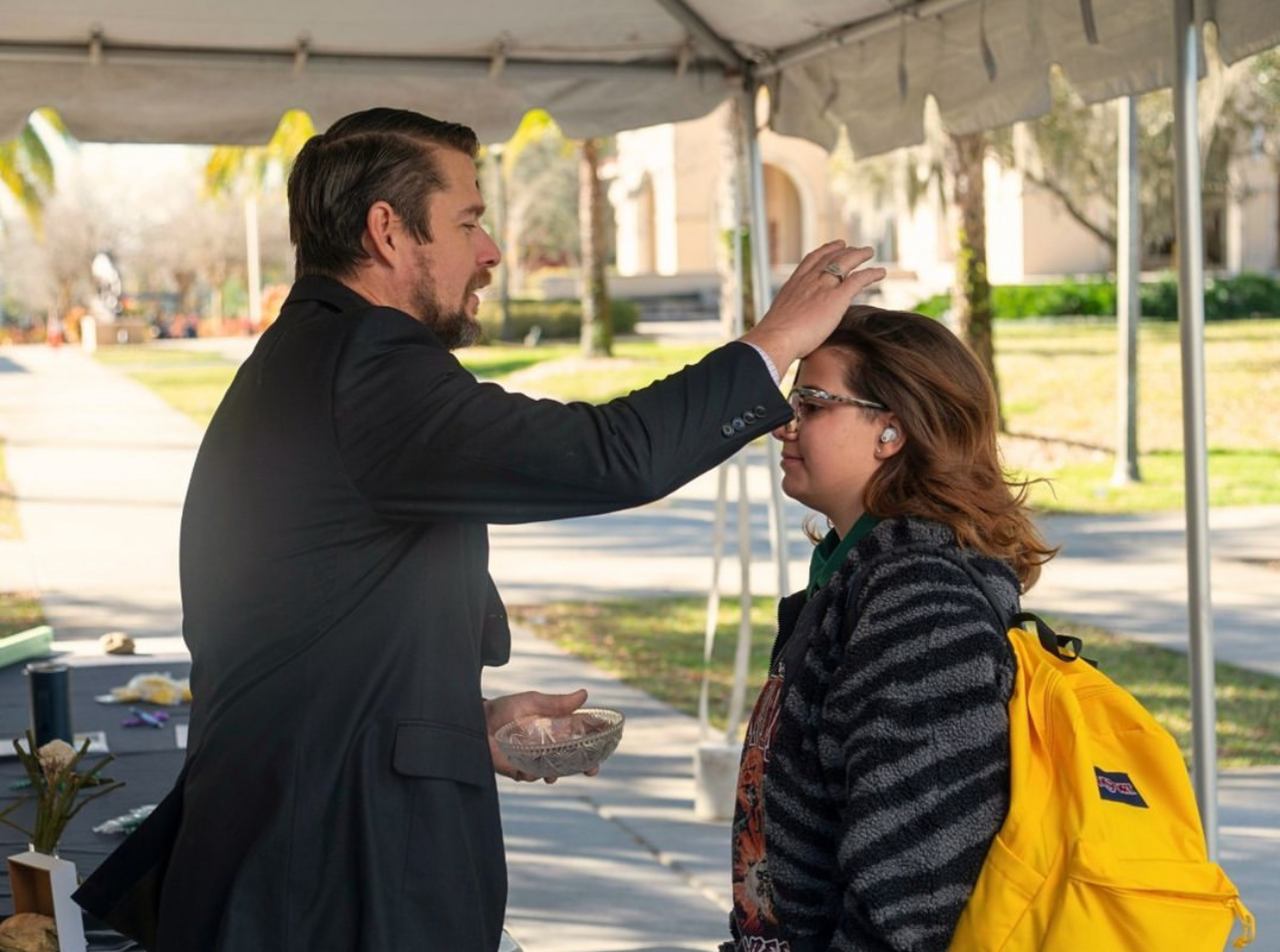
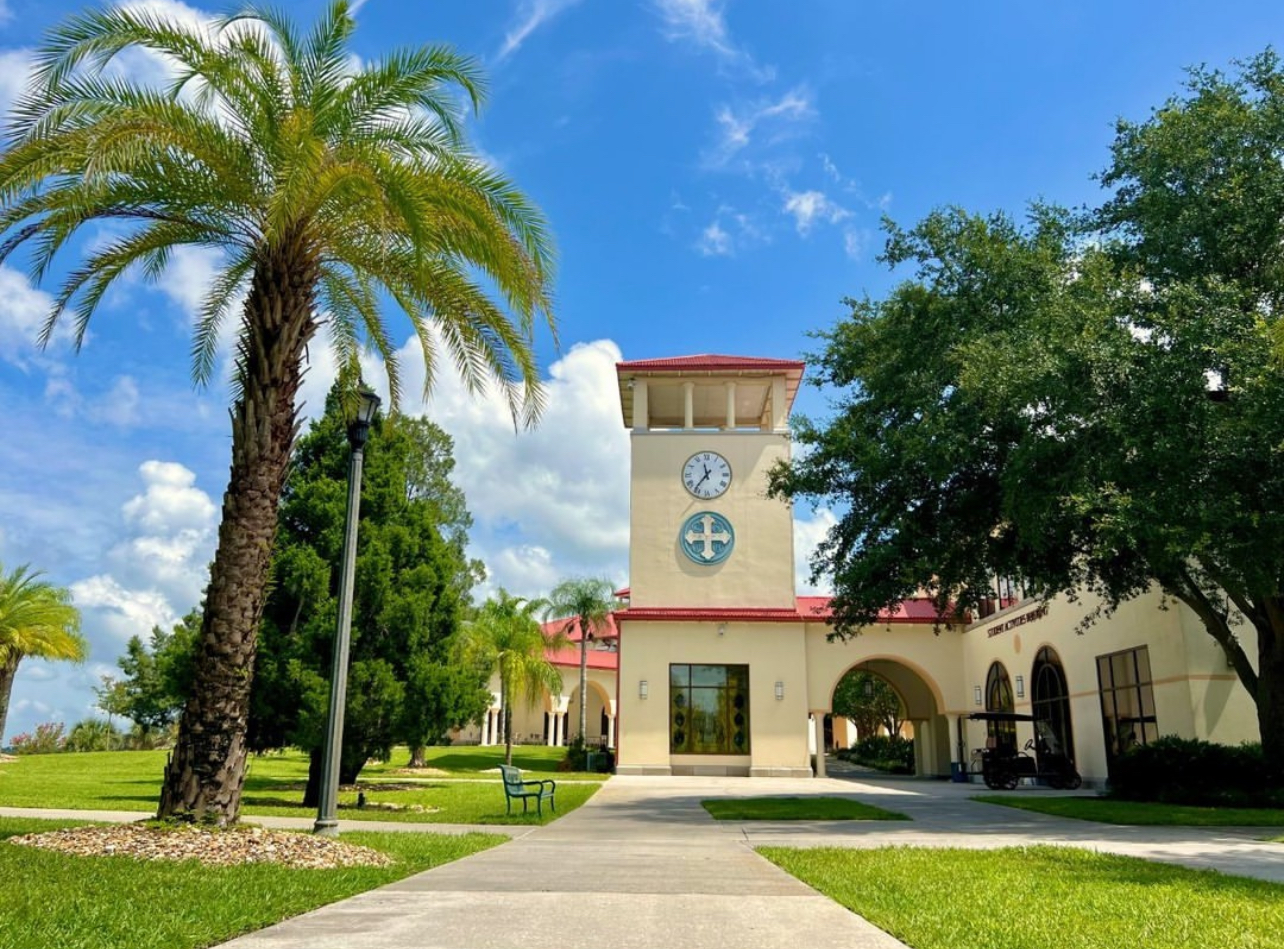

Henry Lithgow, a junior majoring in political sciences said, “We’ve seen throughout history how saints and theologians have shaped our understanding of education like Thomas Aquinas, Ignatius of Loyola, and countless others. Without saints like them, it’s very unlikely we would have the levels of education we have today.”
Christianity’s influence over education is an aspect that directly interferes with Saint Leo University. As a Catholic Church, Saint Leo’s core values are closely aligned with Christian principles, and there is a deliberate effort to integrate Christian habits and traditions on campus. This is why Saint Leo attracts a predominantly Christian audience.
Lithgow also stated, “As for me, I would say it’s very important that my faith plays a key role in my education.”
By paying attention to the arts and media, for instance, it is possible to acknowledge that Christianity exerted significant influence during some of the most important periods of art history, such as medieval art, Renaissance art, modern art, and even contemporary art. For instance, “The Last Supper” by Leonardo da Vinci and “The Crucifixion” by Salvador Daliare great examples of this.
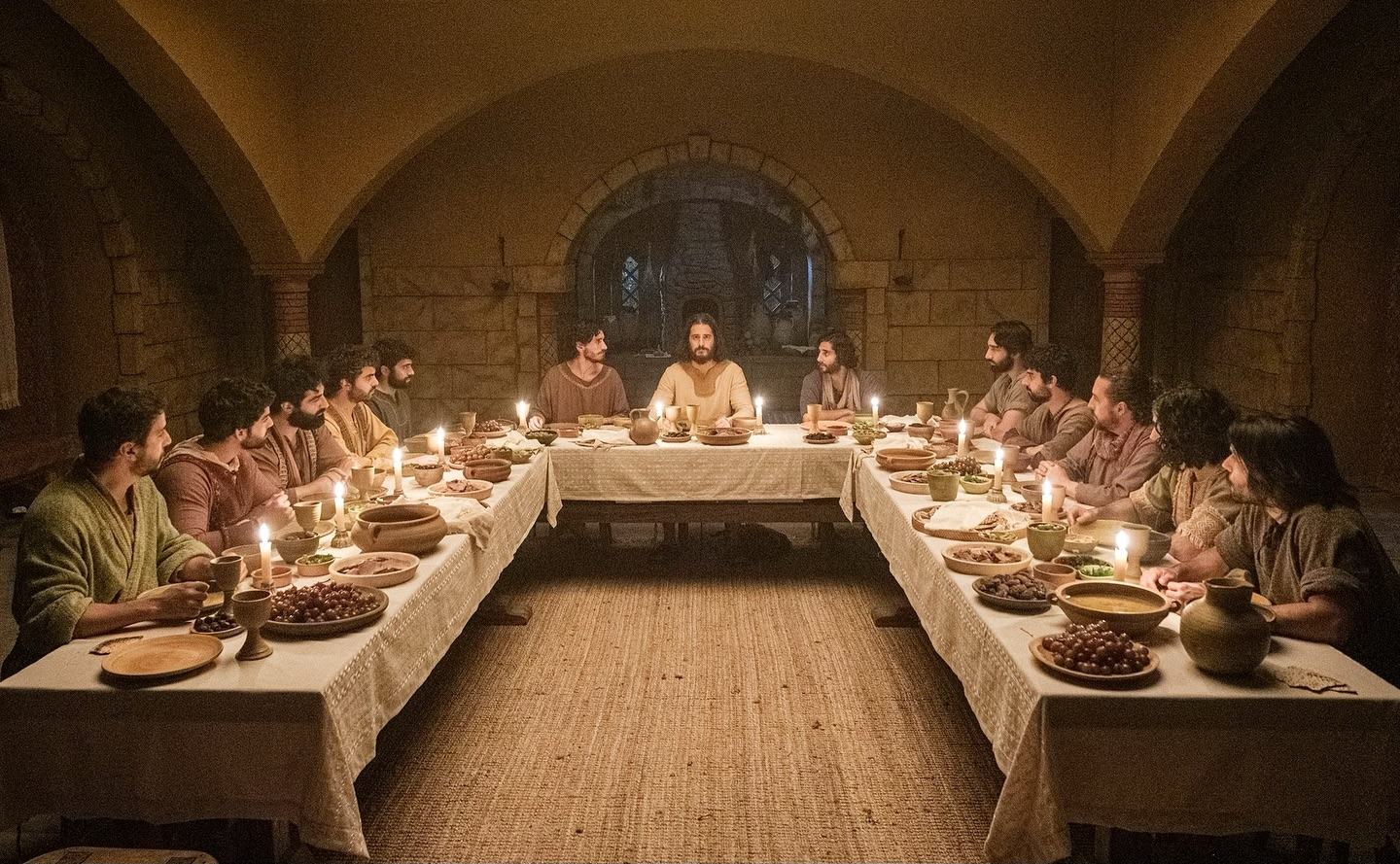
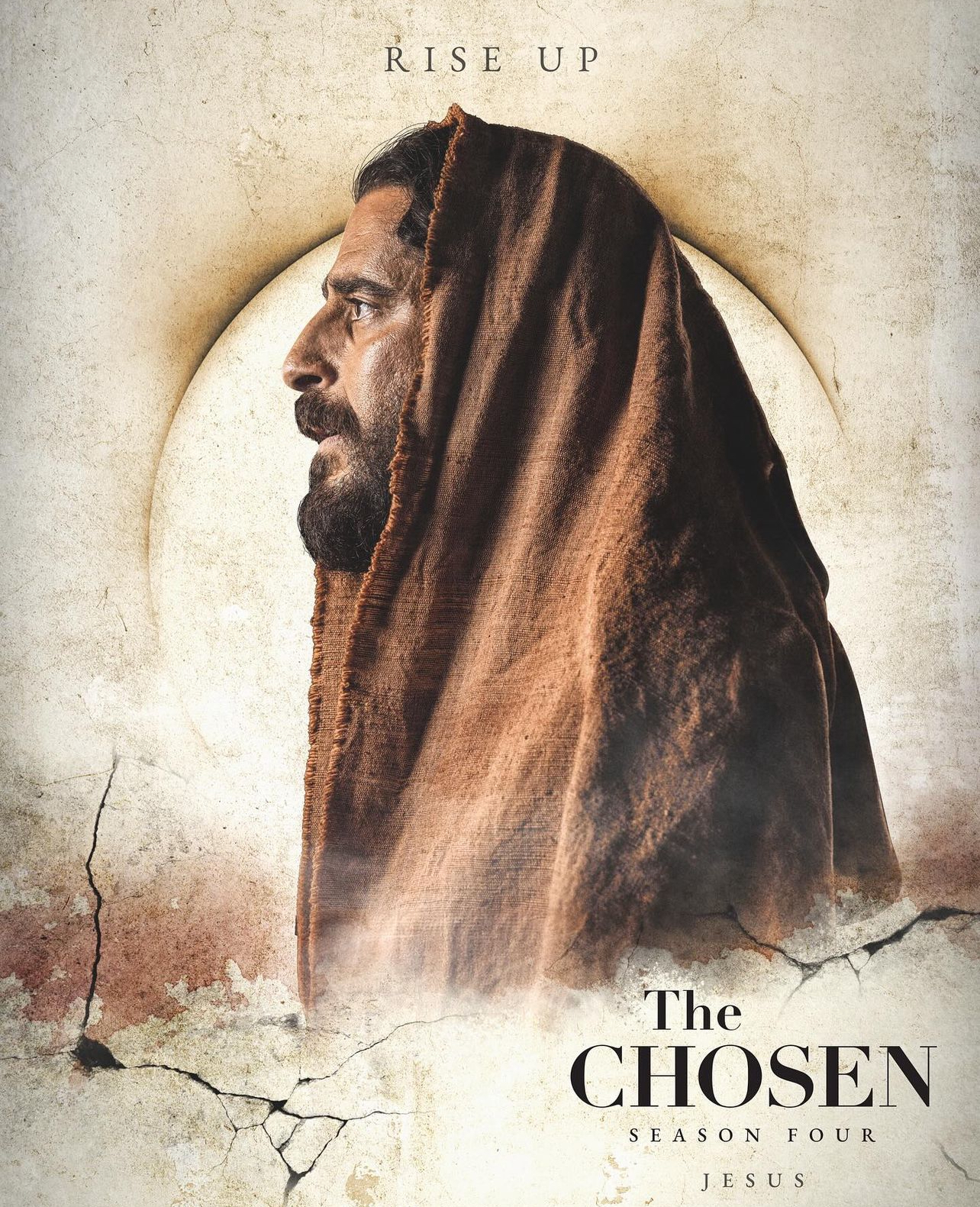
Nowadays, the production of movies, TV shows, music, and even fashion that draws from Christianity’s fount is remarkable, achieved by artists’ desire to communicate with a society that has much to say about Christianity. The Chosen, for example, is a TV show that became popular all over the world and tells the history of Christ and his disciples in a very personal way.
“I really liked the show! It touched a lot of people,” said Judrich Raphael, a junior majoring in computer sciences and math. “I’ve seen that people who were not Christian passed to believe in the Bible because this show influenced them and touch them deeply spiritually.”
One of the ways Christianity influences society in all its spheres is through serving. Community service is a Biblical commandment and was a large part of Jesus’ character. Through chaplaincy services in schools, prisons, hospitals, and other community outreach programs, Christianity has established a vital presence in many spheres, many of which even the state cannot reach. This allows Christianity to contribute to the development of these spheres, influencing their structures and practices in various societal contexts and demonstrating the profound impact of faith in action.

